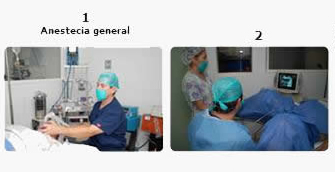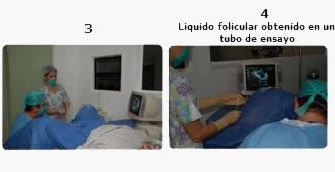SUPER ICSI-IMSI
Assisted Reproduction techniques cover a group of procedures, through which fertilization and pregnancy is to be induced in a laboratory. These types of treatments are for couples that, for several problems, can’t get pregnant spontaneously or with less complex treatments. Among these procedures we have:
IMSI: Intramorphological sperm inyection
El IMSI is a technique similar to ICSI, the difference being that the sperm is observed 6,600 times larger, letting us choose the better quality sperm, having a better embryonic development and a of course, a higher pregnancy rate.
Assisted Reproduction
Assisted Reproduction techniques cover a group of procedures, through which fertilization and pregnancy is to be induced in a laboratory. These types of treatments are for couples that, for several problems, can’t get pregnant spontaneously or with less complex treatments.
Among these treatments we have:
ICSI: Intra-Cytoplasmic Sperm Injection
This assisted fertilization technique focuses especially in male infertility cases that can’t be solved through conventional FIV. Specifically on patients where the progressive mobility and normal morphology did not yield more than 500 thousand sperm; as well as patients with no sperm on their semen (Azoospermia).
What are the requirements for ICSI?
Obstructive Azoospermia, Non-Obstructive Azoospermia or Testicular causes (Sertoli Syndrome in evolution). In these cases, sperm is recovered from the epididymis or the testicle, respectively, using a surgical intervention done on the same day or the evening before the recovery of the female spouse.
Couples with failure during the fertilization in a cycle previous to the conventional FIV.
Sperm-count under 1 million with progressive motility and normal morphology after spermatic separation.
Procedure for ICISI:







